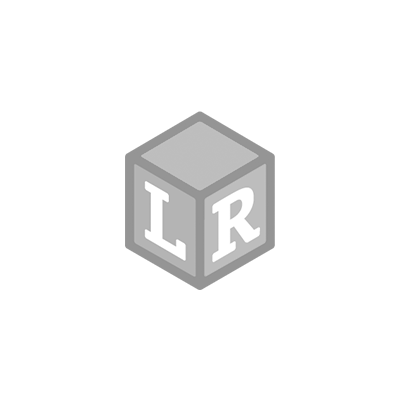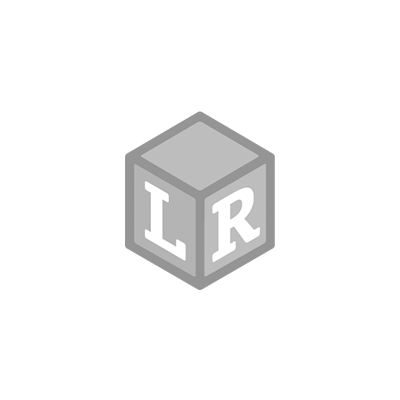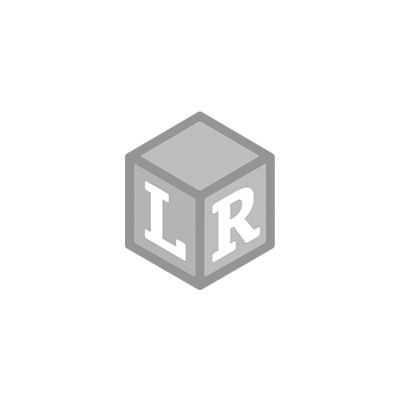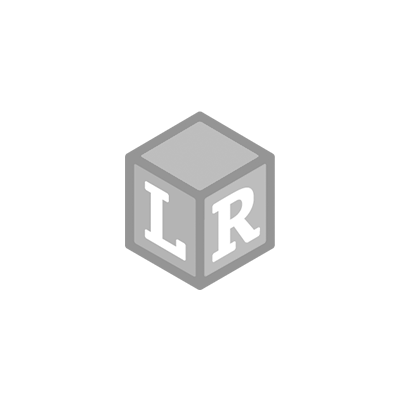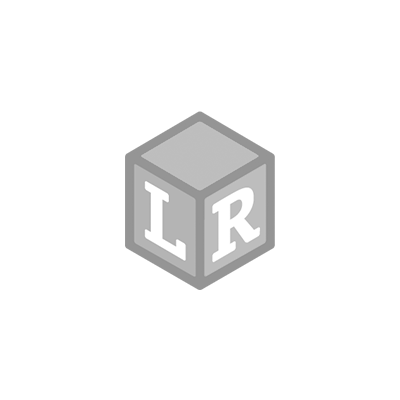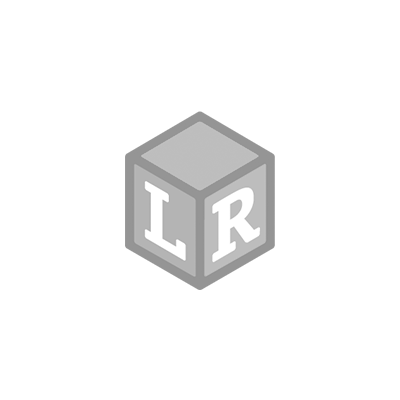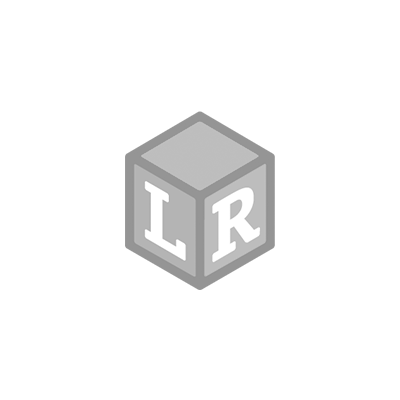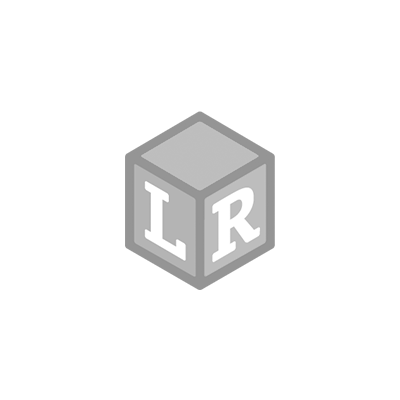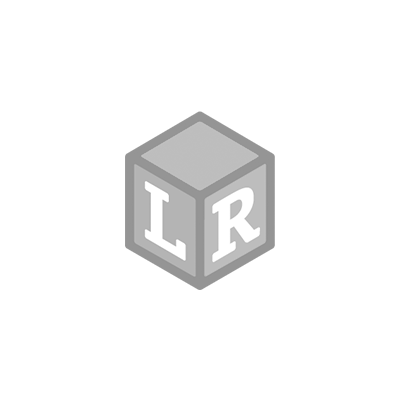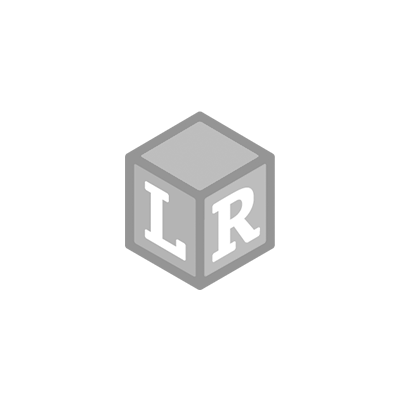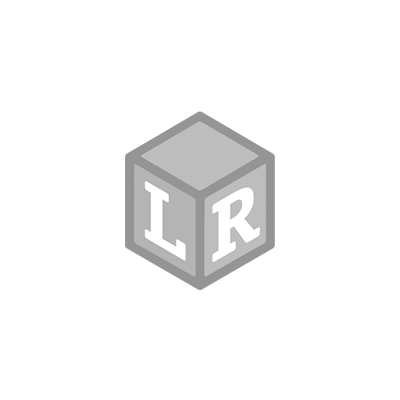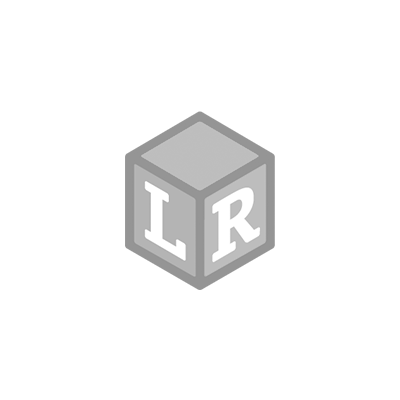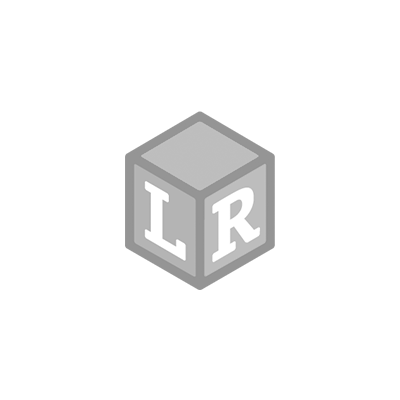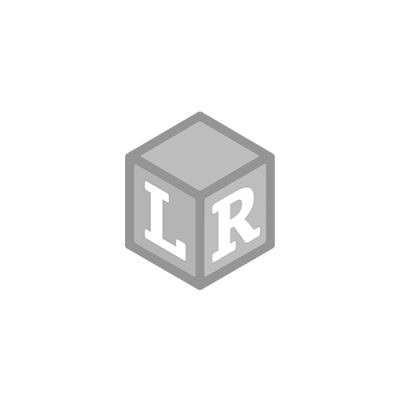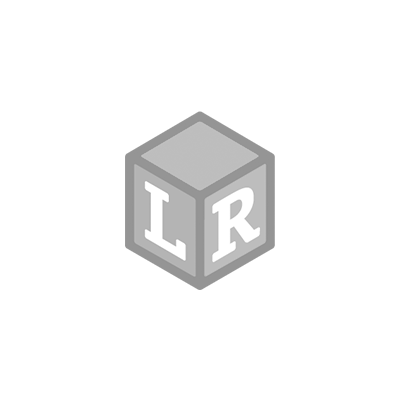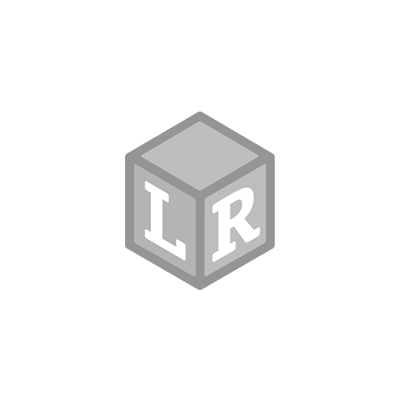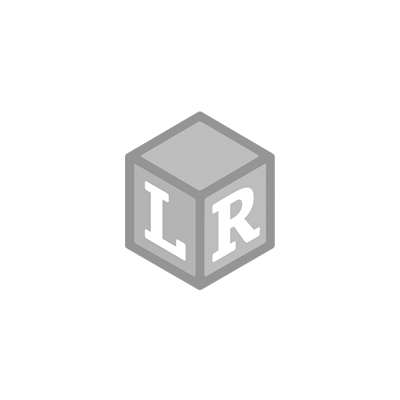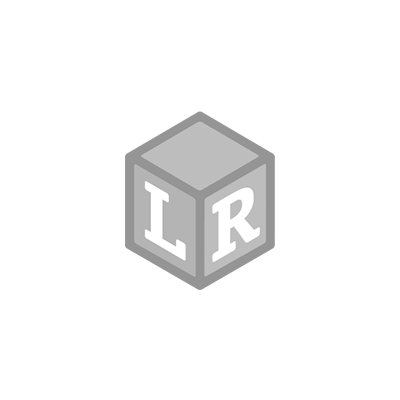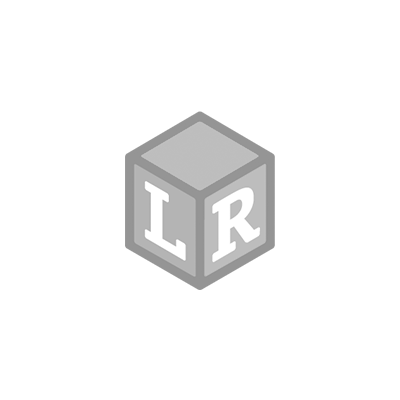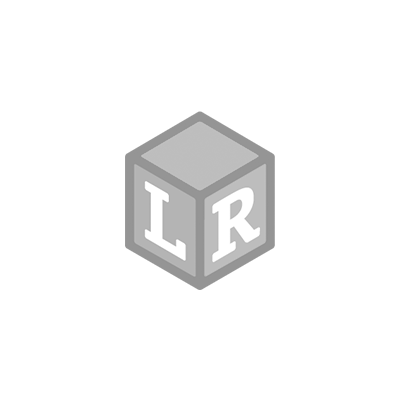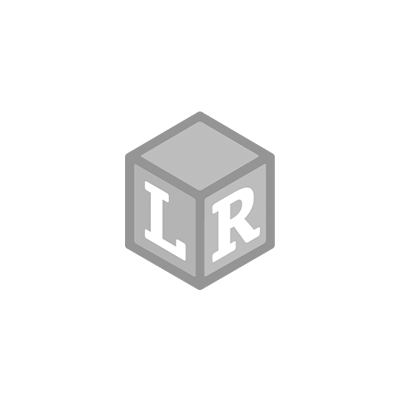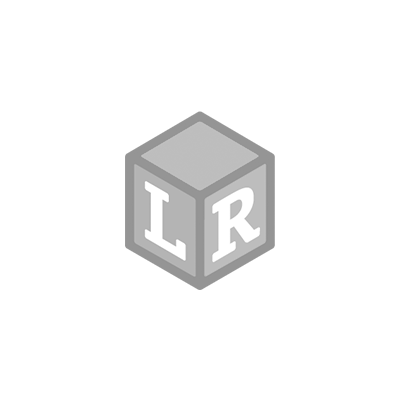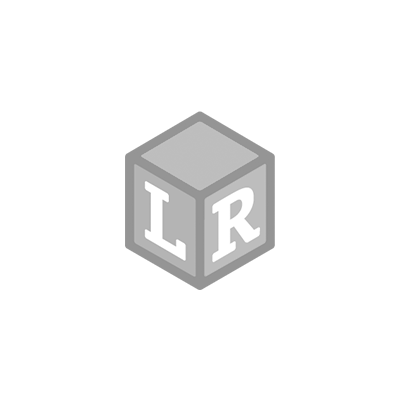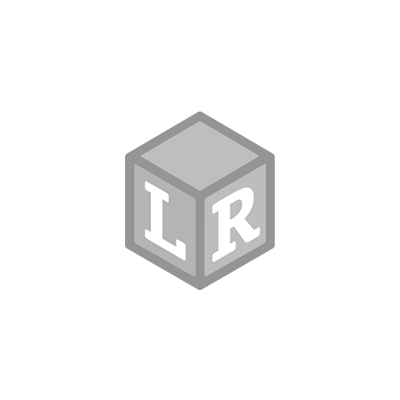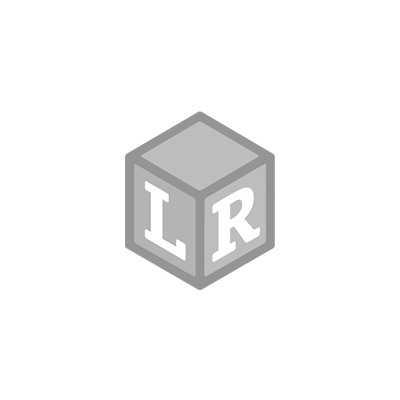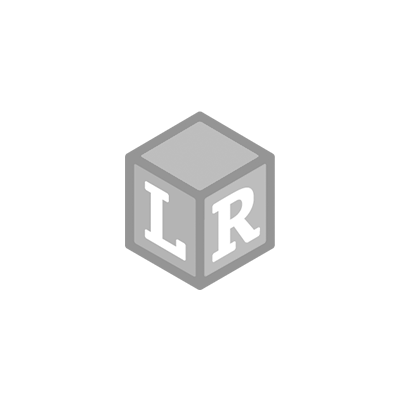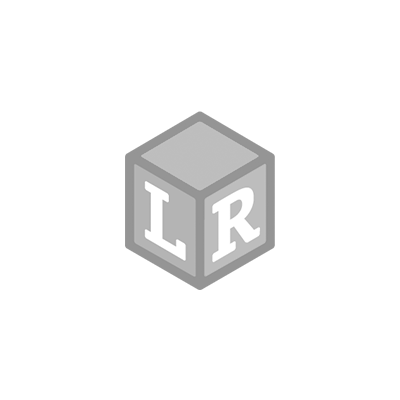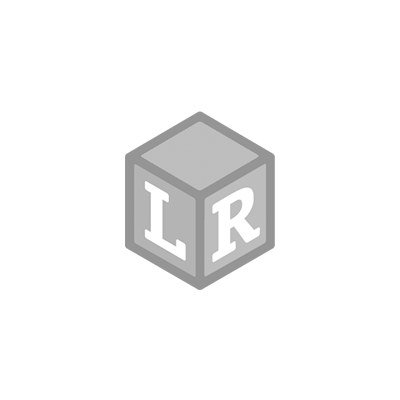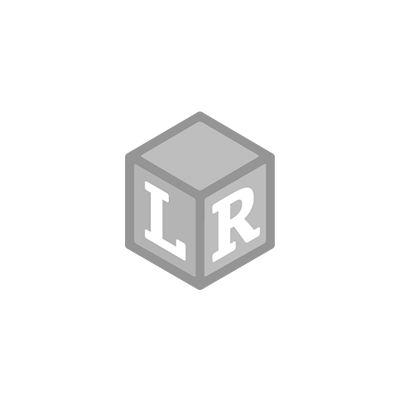DIY Snowman Sensory Bottle!
- Learning Resources Posted On Nov 21, 2022 | STEM
Who doesn’t love a good snow globe? Each one is a spellbinding combination of swirling, swishing liquid, and falling glitter that is perfect for sensory play. As mesmerizing as they are, did you know that snow globes are actually an experiment regarding the scientific principle of viscosity?
Let’s apply the standard of viscosity by creating a Snowman Snow Globe. We’ll put it together and then explain why it works.
You will need the following:
- A water bottle (a clear glass water bottle was used here)
- Clear glue
- Tap water
- Glitter
- Black tape for the snowman’s top hat
- Markers, paper, and pipe cleaners to make the snowman face
- Craft items for the “floaters” inside the globe, like snowflakes, stars, buttons, or jingle bells
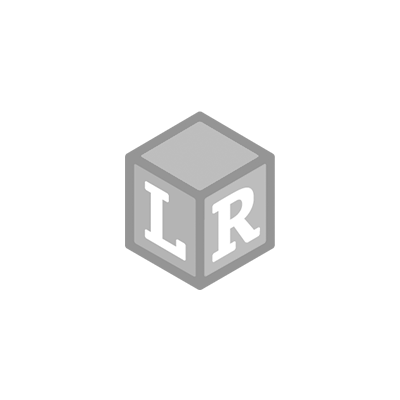

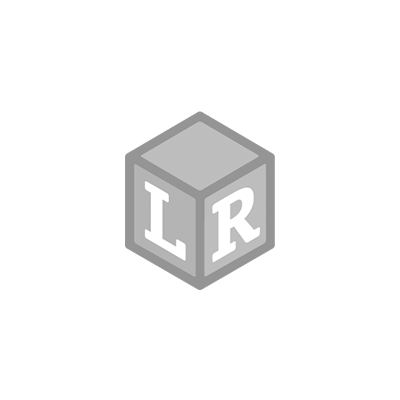

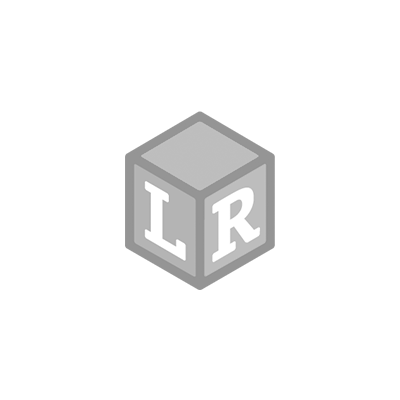

First, let’s get our snow globe looking like a snowman. Using a sharpie marker, draw on the eyes and buttons.
Second, you can draw on the carrot nose, but we used leftover orange sticky craft paper here.
Next, select a pipe cleaner to tie around under his carrot nose for a little scarf.
The man needs a top hat, right? Wrap the cap in black tape for his hat.
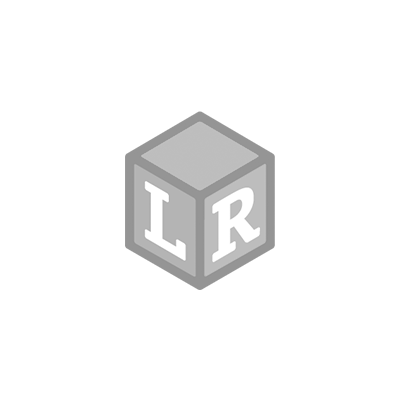

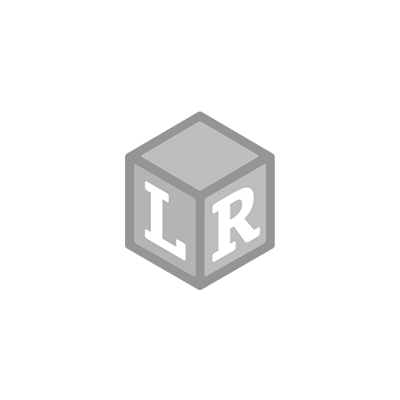

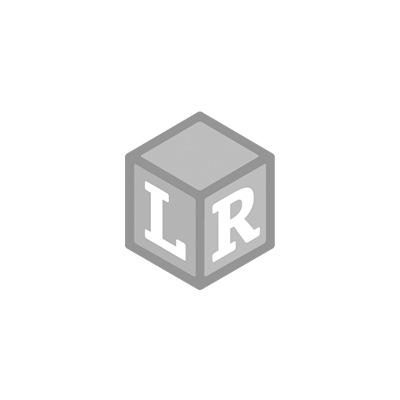

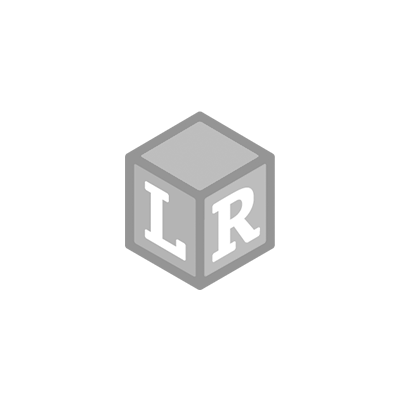

Now that he’s dressed and ready to go, squirt the clear glue into the bottle. We added more glue to one of our bottles. Will more thick glue make the glitter move slower or faster?
Next, sprinkle in your glitter and drop in the items that will float.
Now it’s time to watch the snow fly!
So what does viscosity mean for the snow globe?
The viscosity of a fluid is its relative “thickness.” Think of glue or maple syrup. Both are thick and slow. Viscosity is measured by its resistance to a stress factor. In the case of our snow globe, the stress is the water and shaking motion. Compared to the water, it is much thicker, slowing the fall of our glitter, snowflakes, and jingle bells.
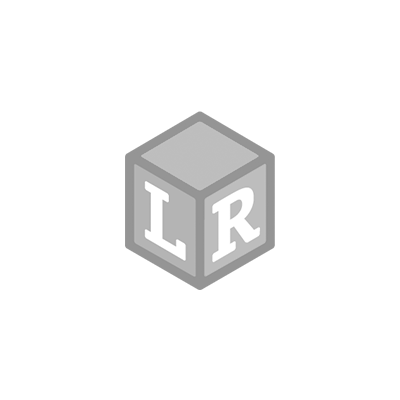

The snow globe we made with less glue moved the objects much faster through itself. Less viscosity = easier movement of objects.
Stay warm this winter!
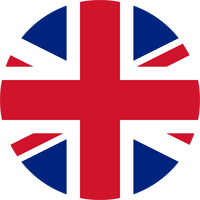 Shop UK Site
Shop UK Site 
